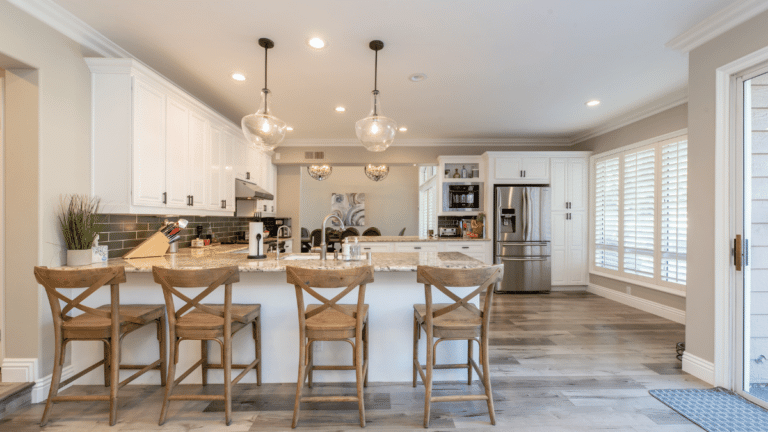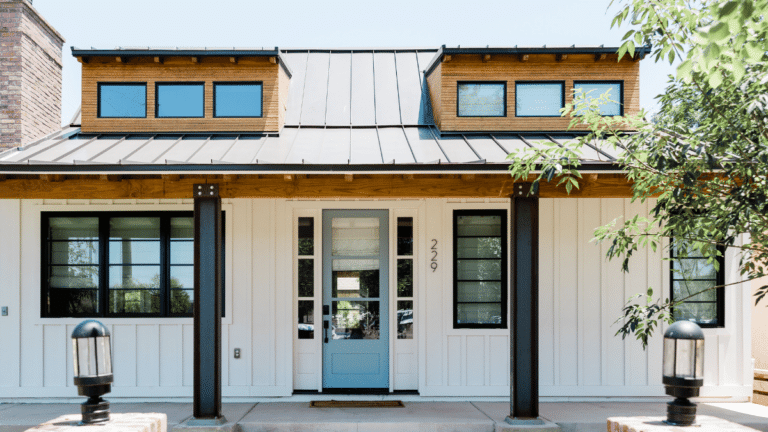When shopping for a mortgage, you’ll encounter many terms, but one of the most crucial is the APR, or Annual Percentage Rate. Unlike the interest rate that simply tells you the cost of borrowing the principal loan amount, APR provides a more comprehensive look. It includes the interest rate plus other fees and costs involved in securing the loan. Understanding APR is key to making informed decisions, as it reflects the true cost of your loan, helping you compare different mortgage offers more effectively.
Understanding APR
APR stands out because it doesn’t just cover the interest rate. It also includes various fees and costs associated with your mortgage. These can range from broker fees and closing costs to any charges you might pay for securing the loan. This makes the APR a broader measure of the cost of borrowing than the interest rate alone.
Components That Make Up the APR
The APR can include several different fees, which may vary depending on the lender and the type of loan. Common components of the APR include:
- Interest Rate: The basic cost of borrowing the money.
- Origination Fees: Charges from the lender for processing the loan.
- Closing Costs: Fees associated with finalizing the mortgage.
- Broker Fees: If you’re working with a broker, any fees they charge.
- Other Costs: This can include items like mortgage insurance or points purchased to lower the interest rate.
By wrapping all these costs into a single percentage, the APR provides a clearer picture of the loan’s true cost. When comparing loans, a lower APR generally indicates a less expensive loan, assuming the loan terms are the same.
Why APR Matters
When you’re comparing mortgage offers, APR is a crucial tool. It doesn’t just show you the interest rate; it shows you the whole cost of the loan. This is why understanding APR is so important:
- Comparing Loans: APR makes it easier to compare different mortgage offers. Two loans might have the same interest rate, but different APRs. The one with the lower APR usually costs you less over time because it has lower fees and costs.
- True Cost of the Loan: The APR helps you see the real cost of borrowing money. It includes not just the interest you’ll pay, but all the other fees too. This can include things like origination fees, closing costs, and any other charges you have to pay to get the loan.
How APR Is Calculated
Understanding how APR is calculated can help you make better decisions when choosing a mortgage. Here’s a basic overview:
- Adding Up Costs: To calculate the APR, lenders add up the total cost of the loan. This includes the interest, plus any fees and other costs.
- Annualizing the Costs: Then, they spread those costs out over the loan’s term to find out how much they add to the loan each year.
- Converting to a Percentage: Finally, they turn that yearly cost into a percentage of the loan amount. This percentage is the APR.
Example of APR Calculation:
Imagine you’re getting a $100,000 mortgage with a 4% interest rate. But you also have to pay $3,000 in fees to get the loan. When those fees are spread out over the loan’s term and added to the interest, they might increase the cost to what would be equivalent to a 4.5% interest rate. That 4.5% would be your APR.
The APR gives you a fuller picture of what you’re paying, making it an essential factor to consider alongside the interest rate. Knowing both helps you understand both your monthly payments and the total cost of your loan over time.
How APR Is Calculated On a Mortgage
Calculating the APR on a mortgage involves more than just considering the interest rate. It takes into account the total cost of the loan, including fees and other charges, over the life of the loan. Here’s a simplified explanation of how you can calculate the APR on a mortgage:
- Identify All Costs Associated with the Loan: This includes the interest rate, origination fees, broker fees, closing costs, and any other charges that you will pay directly as part of obtaining the mortgage.
- Calculate the Total Cost of the Loan: Add up all the fees and costs identified in step one to the total interest you will pay over the life of the loan. To find the total interest, you’ll need to use the loan amount, the interest rate, and the term of the loan to calculate how much interest will be paid over the entire term.
- Adjust the Loan Amount: Subtract any upfront fees that are being rolled into the loan from the initial loan amount. This adjusted loan amount reflects the actual amount of money you will use to purchase your home.
- Determine the Equivalent Interest Rate: Using the adjusted loan amount as the principal, calculate what interest rate would result in the total cost of the loan (from step 2) over the term of the loan. This calculation can be complex and often requires a financial calculator or spreadsheet software that can solve for the interest rate based on the present value (the adjusted loan amount), the future value (total loan cost), and the number of payment periods.
- Express as a Percentage: The result from step 4 is your APR, which will be higher than the interest rate if there are additional costs rolled into the loan. This percentage reflects the annualized cost of your loan, including both interest and fees.
It’s important to note that while this provides a general method for calculating APR, the exact calculations can vary based on specific loan details and lender practices. Additionally, there are online APR calculators available that can simplify this process by automating the calculations once you input the necessary information.
Why APR is Important
APR stands for Annual Percentage Rate, and it’s a big deal when you’re getting a mortgage or any loan. Here’s why it matters a lot:
1. Shows the Real Cost: Think of APR like the total price tag of your loan. It doesn’t just show the interest rate but also includes other costs like fees. This helps you see how much you’ll really pay to borrow money.
2. Helps You Compare: If you’re looking at two loans, the APR can help you figure out which one is a better deal. A lower APR usually means the loan will cost you less.
3. Fees Matter Too: Some loans might have a low interest rate but high fees. The APR helps you see how those fees add up over time, so you can decide if it’s still a good deal.
4. Plans Your Budget: Knowing the APR helps you understand how much you’ll pay each month and in total. This makes it easier to budget and plan your money.
5. Choosing the Best Loan: The APR can guide you to the best loan for you. It shows the true cost, making it easier to decide which loan fits your budget and goals.
In simple terms, the APR is like the total cost of borrowing money for your home. It helps you see the big picture, compare loans, and pick the best one for you. Understanding the APR can save you money and help you make smart choices about your mortgage.
Conclusion
The APR is a crucial tool for anyone looking to borrow money, offering a transparent view of the true cost of a loan. By considering both the interest rate and the APR, borrowers can make more informed decisions, ensuring they choose the most cost-effective loan for their needs. Understanding APR is essential for effective financial planning, helping borrowers to save money and avoid unnecessarily expensive loans.














